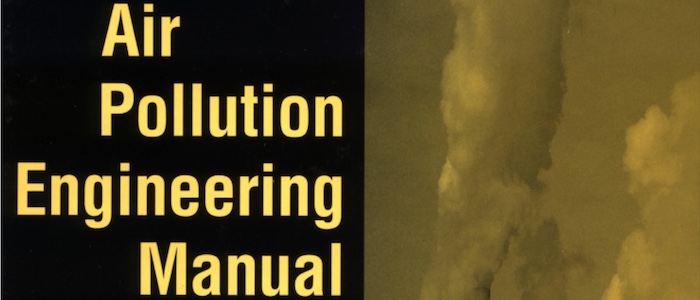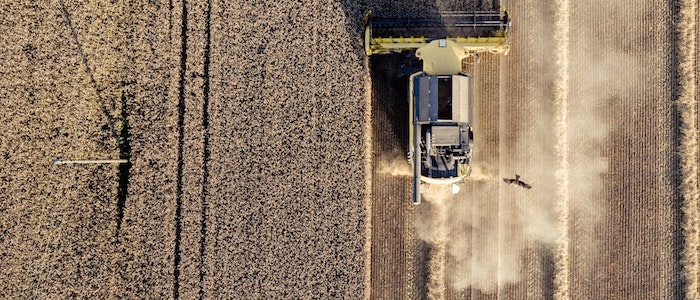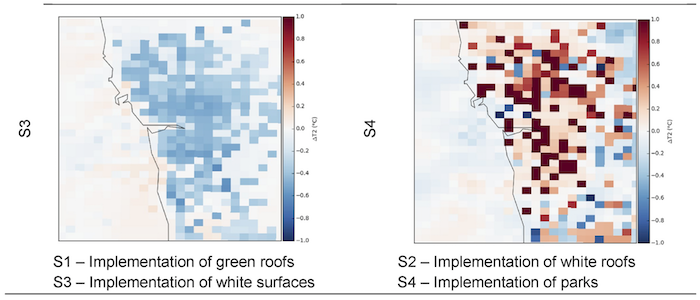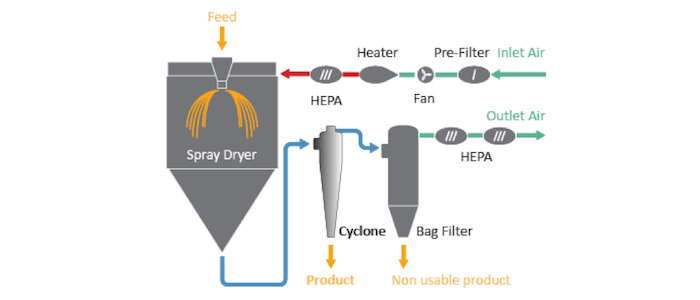Air Pollution Engineering
Air Pollution Engineering - Basic Overview
This basic overview provides reference material for information on air pollution emission sources and the technology available to control them.
Read More →Fugitive Dust
The "fugitive dust" category encompasses five general areas of fugitive dust emissions, including 1) construction and demolition, 2) materials handling, 3) paved roads, 4) unpaved roads, and 5) storage piles. Agricultural tilling operations also create fugitive dust in rural areas.
Read More →Cyclones can play a role in negative emissions processes
Thermal decomposition processes at high temperature have always been a very good application for cyclones since these can separate particulate matter from air streams. Biomass furnaces used across industries benefit from cyclones to reduce PM emissions to the atmosphere.
Read More →Cyclone Systems
Electrostatic ReCyclone Systems appear as an effective alternative to the traditional solutions, since they combine several key advantages of the referred systems, mainly a numerically optimized gas-cyclone geometry and electrostatic precipitation, allowing biomass boilers to comply with strict legal emissions limits.
Read More →Adaptation Options - Nature-Based Solutions
With the European Union showing the ambition to position itself as a leader in innovating with nature to reach more sustainable and resilient societies, two main questions pop-out: i) Can nature-based solutions (NBS) be used to an effective improvement of air quality? and (ii) Which are the best design options/best solutions to improve air quality?
Read More →Pharmaceutical - Spray Drying Processes
Spray-drying is a well-known technique to produce fine particles in the pharmaceutical and food industries. Gas-solids cyclones are the preferred method of collection of these particles, due to optimum aseptic conditions as compared to other devices, such as bag-filters.
Read More →



